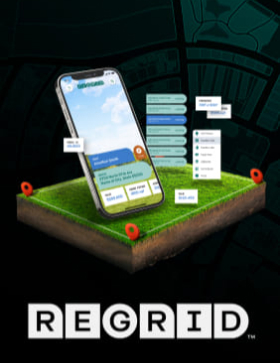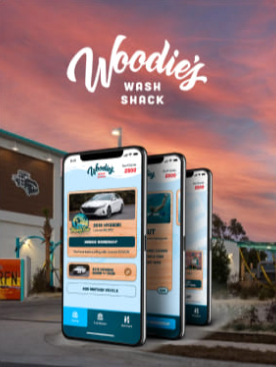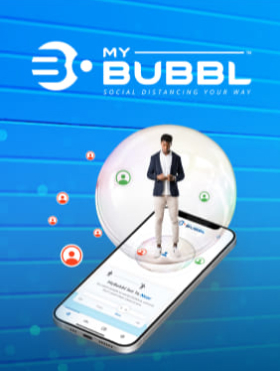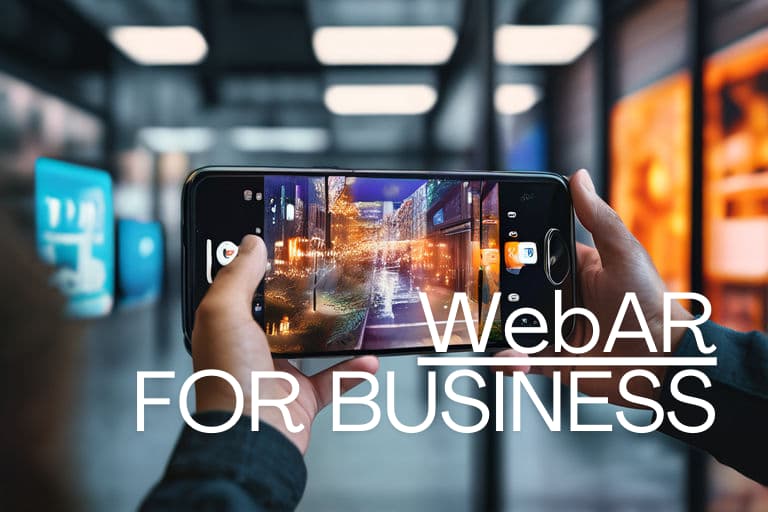
Founder’s Note: This guest blog comes from our good friend Marsh Sutherland. Learn more about him at the bottom of this post!
Robot factory? Hard to start. Discount airline? Really hard to start. Tech startup? Easy to start!
15 years ago, dot coms were just plain expensive to get going. Hardware, software, salaries, and dead tree-media advertising (remember Red Herring?) added up to serious capital requirements months in advance of your first paying customer. Today, however, if you already own a laptop you can successfully launch a tech startup for less than the cost of your monthly cable bill (check out Jae-Nae Duane’s How to Start Your Business w/ $100).
What’s changed? Open-source development platforms LAMP, Ruby on Rails, JavaScript and Python are all free. An even better choice for many startups is to apply for Microsoft’s popular BizSpark Startup program. In addition to free use of development software, you have the support of Microsoft’s global partner evangelism network and unlimited marketing and publicity opportunities. The price of web hosting has plummeted, and there are now many affordable, and reliable, cloud-based hosting services which enable you to reduce your initial costs even further.
Marketing is even more critical than it was a few years ago, and social media tools including Twitter, Facebook, Instagram, SnapChat, LinkedIn, YouTube and others allow you to directly target your niche or mainstream customers by creating valuable content demonstrating your particular expertise. The key is to always create *useful* content that benefits your audience. Do that and your social network friends, followers, and connections will quickly grow into passionate fans who will help you to spread your marketing messages.
How do you get started? Here are my 10 easy steps to building your own tech startup:
- Every great startup starts with a great team so attend local tech community meetings to find your partners. If that doesn’t work then go online with CofoundersLab to find your fellow founders. My last 2 startups are successful and both began with remote cofounders.
,br>
- Follow Eric Ries’ Lean Startup methodology and work on your Business Model Canvas to help you succinctly nail down the problem you are solving, your solution, and your business value proposition. I use Canvanizer to do this easily online so I can share it with others more easily.
- Once you’ve completed your Canvas, be sure to validate your idea with strangers in your target demographic to make sure they want what you are offering. Be sure to ask them what else troubles them. See if they would pay for it. I estimate 50% of the time a startup idea will change during Customer Validation and entrepreneurs go back and modify their Canvas. A great How To resource for Customer Validation is Elizabeth Yin’s Get Going – Boston
- Now that you’ve identified your product’s differentiating value to your target customers, it’s time to begin marketing it ferociously with the startup marketing trinity of a website (with blog!), Twitter account and Facebook fan page. Also participate in online discussion forums (including LinkedIn’s groups and Answers) to establish yourself as an expert in your field. For some quick tips take a look at my Social Media Blitz For Startups If you are not comfortable doing the marketing yourself, find a cofounder who is.
- Sign up for HARO and submit on as many PR opportunities as are relevant to your specific expertise. You should do this before your launch.
- Find a reliable, cost-effective technology host for your application’s back-end. Microsoft offers free hosting for 3 years on its Azure cloud product with free membership in its BizSpark startup incubator program. My startup CharityCheckin is hosted on Azure. Amazon also offers free hosting on Amazon Web Services product via the Activate program for startups. My other startup Social High is hosted on AWS.
- Build your product.
- Release the MVP (Minimally Viable Product) version of your product as quickly as possible to begin building your user community. Your early users will often be your most passionate fans because they are the first to understand your value. Their feedback and recommendations are priceless, so ask them questions, and then listen and act upon their answers.
- Release feature/functionality updates on a regular and basis, based on user, market, and competitive insights. Your goal at this stage is to continue to innovate as aggressively as you did when you first developed your product. Remember, intense competition validates the value of your product!
- Make a point of speaking with at least one user “live” every day to proactively ask for their feedback. You will be surprised at how much it means to them.
Set aggressive goals, then hold yourself and your team accountable and you will become a happy and successful entrepreneur!

About Marsh Sutherland
Marsh Sutherland is a serial entrepreneur and the co-founder of numerous companies, organizations and networks, including CharityCheckin (2015 SXSE Eco StartupShowcase Finalist & 2016 Ignite Northwest accelerator), Social High, FounderMatchup, SocialGrow and more. He is the former Director for AngelHack Boston and Boston Solution Evangelist for Microsoft, for the BizSpark startup incubator program. In addition to his professional work, Marsh is a respected leader of networking throughout the country. Marsh has also been a Startup Endorser for MassChallenge, the world’s largest startup accelerator.








